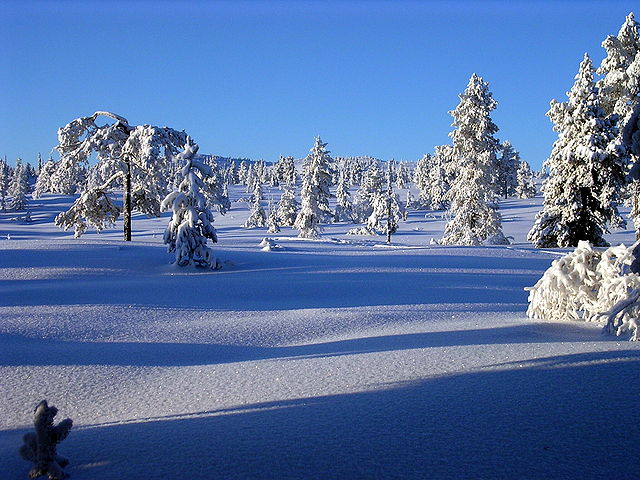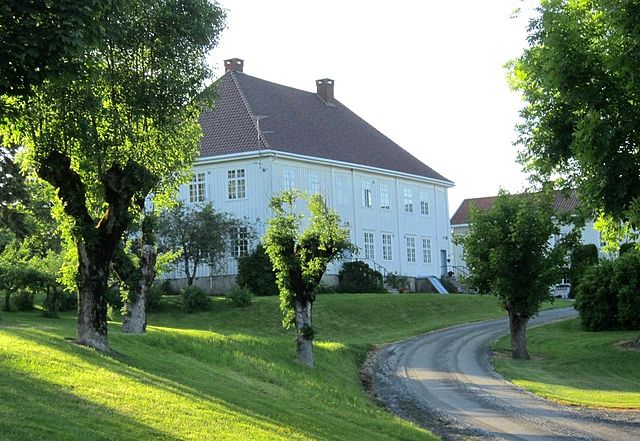Buskerud is a county and a current electoral district in Norway, bordering Akershus, Oslo, Innlandet, Vestland, Telemark and Vestfold. The region extends from the Oslofjord and Drammensfjorden in the southeast to Hardangervidda mountain range in the northwest. The county administration was in modern times located in Drammen. Buskerud was merged with Akershus and Østfold into the newly created Viken County on 1 January 2020. On 23 February 2022, the Viken County Council voted in a 49 against 38 decision to submit an application to the Norwegian government for a county demerger. Due to this, Buskerud was re-established in 2024.
Winter in Blefjell
Blaafarveværket in Modum
Hokksund Station
Frogner Rectory in Lier
Akershus is a county in Norway, with Oslo as its administrative centre. Akershus has been a region in Eastern Norway with Oslo as its main city since the Middle Ages, and is named after the Akershus Fortress in Oslo and ultimately after the medieval farm Aker in Oslo. From the Middle Ages to 1919, Akershus was a main fief and main county that included most of Eastern Norway, and from the 17th century until 2020 and again from 2024, Akershus also has a more narrow meaning as a smaller central county in the Greater Oslo Region. Akershus is Norway's largest county by population with over 716,000 inhabitants.
Akershus Fortress, in modern Oslo, was the namesake and center of the region of Akershus since the Middle Ages, and was located within Akershus main county until 1919.





